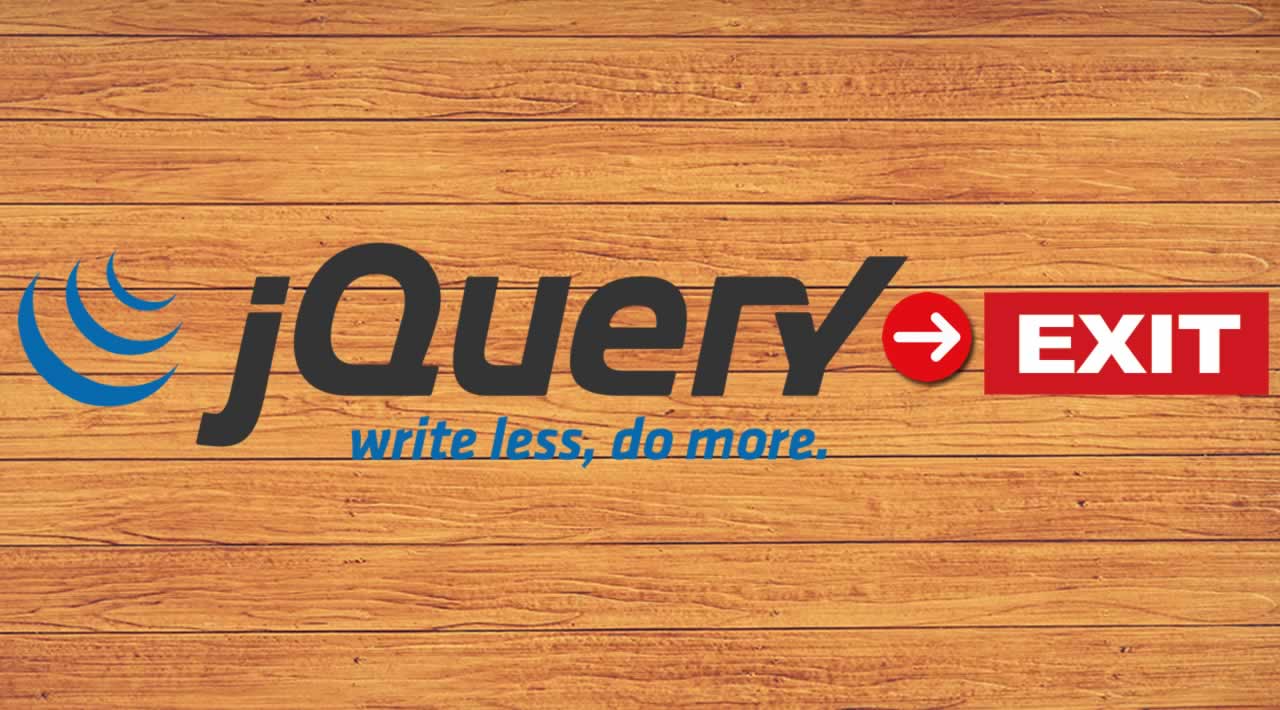3 JavaScript libraries to replace jQuery
Simplifying tasks such as HTML document traversal, animation, and event handling, the stalwart jQuery JavaScript library changed the face of web development. As of May 2019, **jQuery **is still being used in 74 percent of known websites, according to web technology surveyor W3Techs. Nevertheless, the jQuery library, which debuted in August 2006, is now being viewed by some developers as an older technology whose time has passed.
Alternatives to **jQuery **have emerged in recent years, such as the Cash library or even just modern, vanilla JavaScript, now that web browsers all handle **JavaScript libraries **the same way and jQuery is no longer needed to solve compatibility issues. Arguments on Reddit and videos on YouTube make the case that jQuery has become obsolete, or at least is not as essential as it once was.
Why jQuery is no longer needed
In one YouTube presentation, “Is jQuery still relevant in 2018?,” web development educator Brad Traversy acknowledges that jQuery is probably the best generalized JavaScript library ever created. It is easy to learn, cross-browser compatible, more concise than older vanilla JavaScript, and rich in plug-ins offering specific functionality. But JavaScript has advanced far since ECMAScript 6, and jQuery is no longer needed in many situations, Traversy concludes.
In another video, coding educator Kenneth Lowrey argues that becoming fluent in jQuery is a waste of time. In the current web development landscape, modern browsers handle JavaScript the same, for the most part. In most cases, native JavaScript code is better than a “bloated legacy library like jQuery,” he says.
While jQuery had been the choice for making HTTP requests, for example, ECMAScript 6 brought forth Fetch, a promised-based API that makes HTTP requests easier. And the advancement does not stop with HTTP. Where jQuery has utilities for tasks such as manipulating arrays, vanilla JavaScript now has improved accommodations for these operations, too.
Animations are still more difficult with vanilla JavaScript than jQuery, but there are other options such as CSS transitions or keyframes, Traversy points out. The third-party GreenSock library also can be used for animations. For DOM manipulation, a task once ruled by jQuery, native browser APIs have closed the gap.
For tasks that cannot be done in vanilla JavaScript, Traversy recommends specialized libraries, instead of a generalized library like jQuery. Traversy also recommends using JavaScript frameworks such as React, Angular, or Vue for mid-size and large applications. Traversy still recommends jQuery for use on simple sites with no framework.
jQuery alternatives
What should you use instead of jQuery? Besides modern, vanilla JavaScript, a short list of jQuery alternatives includes Cash, Zepto, and Syncfusion Essential JS 2. Cash and Zepto are open source JavaScript libraries available under an MIT license. Syncfusion Essential JS 2 is a commercial product.
Cash
Cash has more than 3,570 stars on GitHub. Billed as an “absurdly small jQuery alternative” for modern browsers, Cash has a jQuery-style syntax for manipulating the DOM and takes up 32KB of space, uncompressed. Cash supports capabilities including namespaced events, TypeScript types, and modern builds. You can download Cash from GitHub.
Zepto
Zepto is described as “a minimalist **JavaScript library **with a largely jQuery-compatible API.” Developers who know jQuery already know how to use Zepto, its makers go on to say. Zepto purports to be much smaller and faster-loading than jQuery, and can work with the PhoneGap toolset for mobile and desktop browsers. You can download Zepto from the project website.
Syncfusion Essential JS 2
Syncfusion Essential JS 2 is a commercially licensed JavaScript UI controls library written in TypeScript. Serving as an alternative to the jQuery UI library, Syncfusion is designed to be a low-overhead, lightweight, and modular library to improve web applications. Syncfusion supports frameworks including Angular, React, and Vue. You can purchase Syncfusion Essential JS 2 or download a free trial from the Syncfusion website. Complete source code, unit test files, test scripts, and live demos are available on GitHub.
#javascript #jquery
